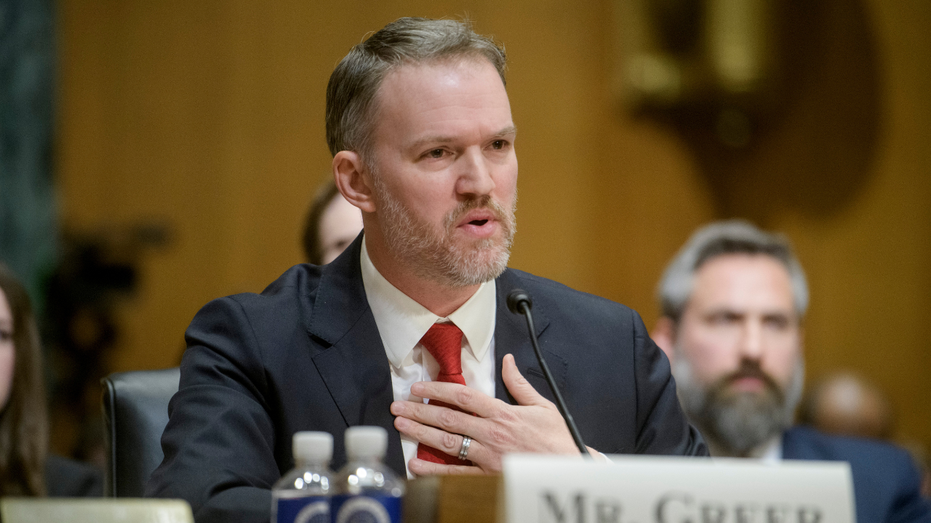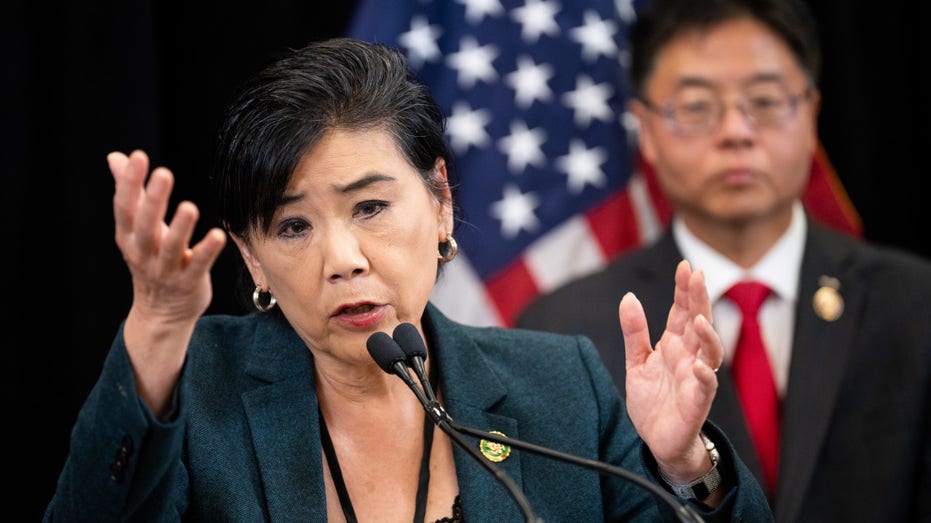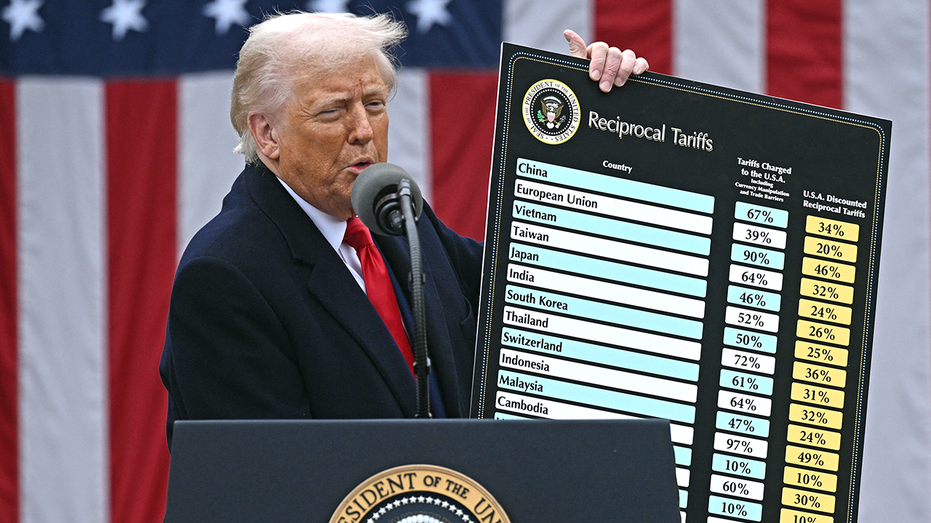Dems rail at Trump trade chief for 'shoot first, aim later' approach to tariffs, demand long-term plan
Dems say Trump has 'no actual plan'
Dems battle Trump trade chief over 'shoot first, then aim' tariff plan
Rep. Judy Chu, D-Calif, question US Trade Representative Jameison Greer.
Democrats gilled Trump trade chief Jamieson Greer during a hearing before the House Ways and Means Committee on Wednesday, accusing President Donald Trump's administration of taking a "shoot first, then aim" approach to tariffs.
Rep. Judy Chu, D-Calif., made the accusation during her questioning of Greer, and many Democrats expressed confusion about what President Donald Trump's goals are and how quickly they might be accomplished.
"I must point out that there are some items, like bananas and cacao beans, that the U.S. can never grow enough of to meet our own demand because of our mostly non-tropical climate," Chu said. "In fact, the U.S. is the world's largest importer of bananas. This shoot first, then aim approach is making Americans' lives much worse, with no actual plan and it doesn't make any sense."
Rep. Suzan Delbene, D-Wash., echoed Chu's frustration, arguing Trump hadn't established a clear goal for the tariffs and hasn't elaborated on trade deal negotiations.
"I don't understand what the countries are coming to do," Delbene said of the nations requesting trade deal talks with the White House. "You put tariffs in place, sweeping tariffs, with no specifics on what the goals are, no plans, and then you say countries are coming. To what? To individual negotiate with President Trump? And it's his whim what's acceptable or not acceptable?"

United States Trade Representative Jamieson Greer faced a grilling from Democrats in the House of Representatives on Wednesday. (AP / AP Newsroom)
MUSK SAYS HE HOPES FOR ‘ZERO TARIFFS,’ FREEDOM OF TRADE ZONE BETWEEN US AND EUROPE
Rep. Brendan Boyle, D-Penn., demanded to know the "strategy" behind tariffing America's closest trade partners, Canada and Mexico, and "uniting the whole world right now, not against China, but against the United States."
"When will this end? What will success look like? Because a lot of people, whether Democrat or Republican or independent, are really trying to figure out what exactly the endgame looks like here. "Because right now, we all see the chaos and not what the end result would look like," Boyle pressed.
"The deficit needs to go in the right direction. Manufacturing as a share of the GDP needs to go in the right direction. The non-tariff barriers and tariffs we face in other countries, they have to go down in the right direction. Those are the things we're looking at. Those are the bases of the national emergency. That's what we're looking at," Greer responded.

Rep. Judy Chu and other Democrats expressed confusion about President Donald Trump's tariff plan. (Bill Clark/CQ-Roll Call, Inc via Getty Images / Getty Images)
The hearing comes as Trump's administration says it is fielding requests from more than 70 countries to negotiate trade agreements rather than retaliate with their own tariffs.
TRUMP SAYS US NOT WILLING TO MAKE DEAL WITH CHINA UNLESS TRADE DEFICIT IS SOLVED
Other trade partners have reacted more aggressively, however. China imposed an 84% tariff on U.S. goods Wednesday morning, just after Trump's own 104% tariff went into effect.

US President Donald Trump holds a chart as he delivers remarks on reciprocal tariffs during an event in the Rose Garden entitled "Make America Wealthy Again" at the White House in Washington, DC, on April 2, 2025. (BRENDAN SMIALOWSKI/AFP via Getty Images / Getty Images)
CLICK HERE TO GET THE FOX NEWS APP
Greer and other Trump officials say the trade imbalances with other nations and the lack of manufacturing in the U.S. constitutes a national emergency that must be addressed quickly and forcefully.
Wednesday's hearing concluded minutes before Trump issued a 90-day pause on most tariffs, but raised the tariff level on China to 125%. He said nations that did not retaliate and instead requested trade talks will enjoy the 90-day pause and a lower 10% tariff level.




















